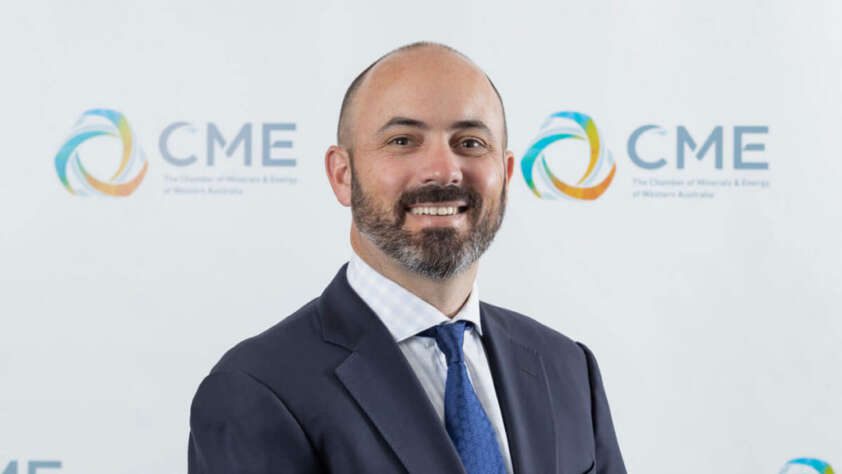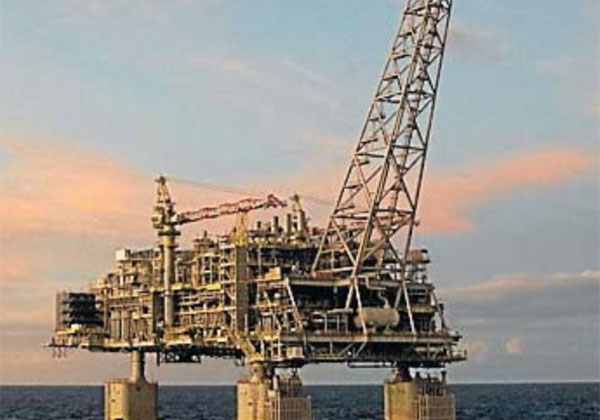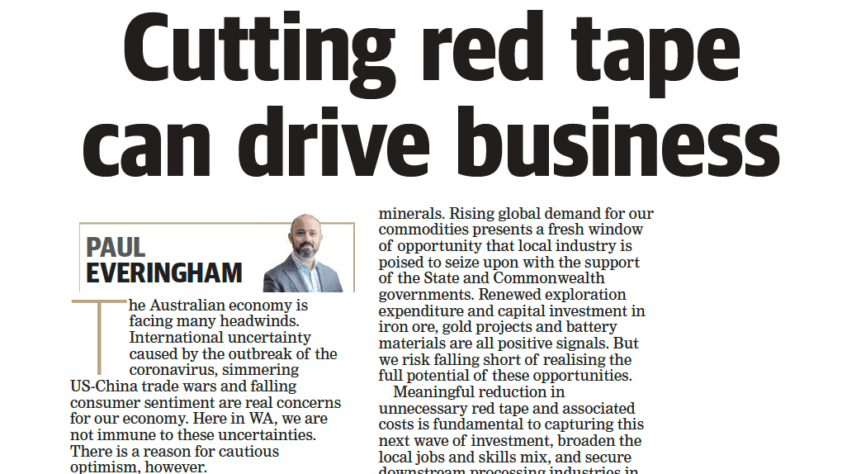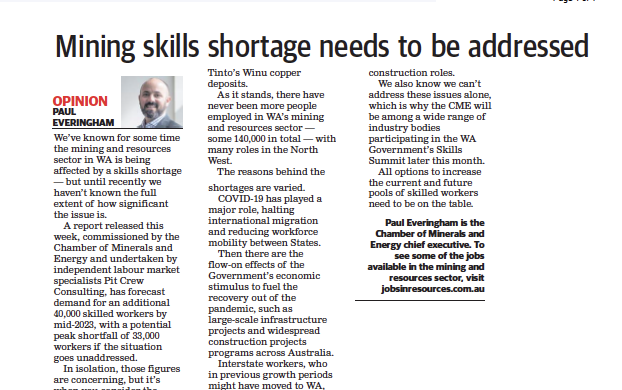Western Australia’s Critical Minerals: A Global Opportunity
As the world continues transitioning to clean energy technologies, the race for the critical minerals needed to achieve net zero by 2050 is heating up.
In reaching that mandate, recent figures by the International Energy Agency have indicated that at least six times more critical mineral inputs are needed in 2040 than in 2020, as well as a quadrupling of critical minerals inputs to clean energy technologies by the same time.
Western Australia is already a critical minerals powerhouse, with an abundance of almost all the minerals on the Australian Government’s ‘critical minerals list’. Our state boasts three lithium hydroxide facilities, a nickel sulphate refinery, a nickel and cobalt metals refinery, a silicon metal refinery, and a rare earths processing facility, with a rare earths refinery currently under construction and other minerals processing facilities planned or under development.
While this puts Western Australia in the hot seat to lead the world in creating a sustainable, value-adding critical minerals sector, the sector faces significant challenges and headwinds.
Critical minerals assets are often developed by junior and mid-tier companies that require access to external capital, and securing financing can be challenging as investors consider the volatility and transparency of critical minerals markets.
Western Australia is a high-cost environment compared to its competitors, with greater costs associated with labour, land, transport, taxes, foreign investment fees, and regulatory processes. Processing infrastructure typically requires billions in capital investment and unlike competitor jurisdictions, it can be difficult to access suitable ‘turnkey’ ready land with adequate services, chemical inputs, transport logistics, and port throughput capacity.
Globally, the investment landscape is increasingly challenging, leading to an urgent need to incentivise investment within Australia to attract capital that is otherwise flowing to jurisdictions with significant established investment incentives. Initiatives like the Inflation Reduction Act (IRA), designed to enhance the United States’ critical minerals supply chain capabilities and downstream industry, total US$700billion and have already attracted global investment capital from other jurisdictions, posing a major challenge to realising domestic downstream investment. While Australia may not be able to outspend the US, our governments are well positioned to offer strategic incentives to ensure we can play a globally significant role as a trusted strategic partner.
In the case of lithium-ion batteries, adapting to new technologies and economies of scale have seen global overall costs decline by 90 per cent over the past decade. This means that raw material costs now account for between 50 and 70 per cent of total battery costs, up from 40 to 50 per cent five years ago. Australia is one of the world’s most competitive upstream producers of critical and battery minerals globally, a factor that will no doubt continue to increase in importance to Australia’s trade partners.
To capitalise on the opportunities presented through trade partner incentives and optimise the share of economic value captured domestically, a continued commitment to sustainable and competitive upstream raw materials production is crucial.
Similarly, the opportunity to create tangible opportunities for critical minerals producers from the numerous bilateral and multilateral agreements that Australia is a party to depends on the government’s continued commitment to identifying and communicating specific market opportunities to the industry.
CME and its member companies are applying urgency and collaboration in their partnership with government and key stakeholders, to ensure that Western Australia remains an attractive investment jurisdiction that fosters the ongoing expansion of the critical minerals sector crucial for our achievement of decarbonisation by 2050.
This can be achieved through further encouragement of exploration, supporting project commitments, leveraging taxation mechanisms and putting in place the settings which will enable the continual development down the value chain towards downstream processing, alongside the integration of new innovative, net-zero emission technologies across our mine sites.










